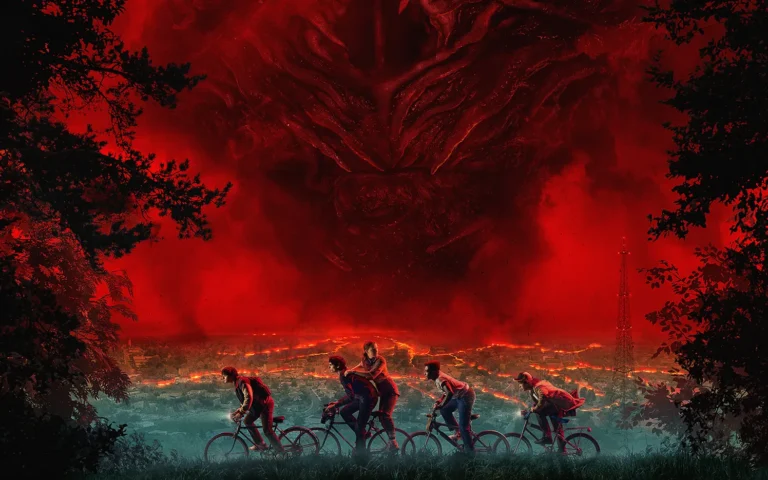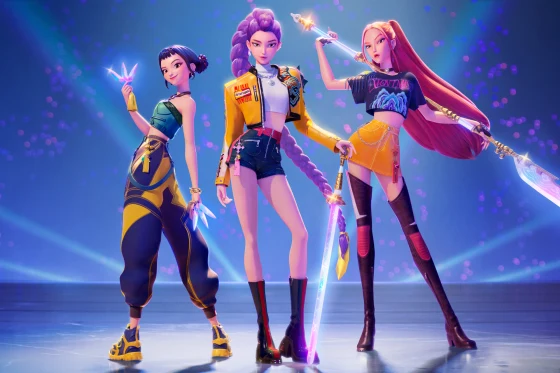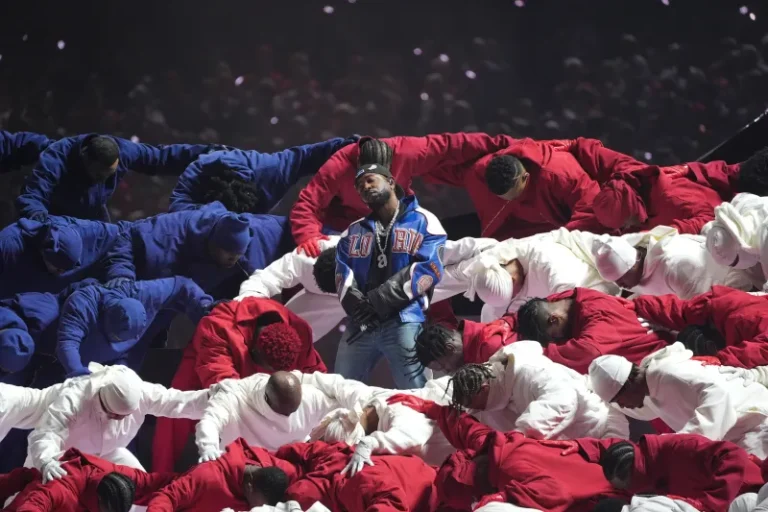Marvel’s Rebuild vs DC’s Reboot: Who’s Really on Top Now?
Marvel vs DC: What Does Reboot vs Rebuild Mean Today?
When people say Marvel vs DC, they often mean the competition between Marvel Studios (MCU) and DC’s new leadership under James Gunn & Peter Safran (DCU). A “rebuild” for Marvel implies refining existing foundations, shifting phases, introducing new characters, balancing legacy vs new arcs. For DC, “reboot” (or relaunch) means more radical resets: new characters, new continuity, new slate of stories.
In 2025, this distinction is sharper than ever: Marvel is deep in its Phase 6, following the multiverse-saga, while DC has launched a fresh era with Superman (2025) inaugurating the new DC Universe. So comparisons are natural, especially around box office, critical reception, and long-term sustainability.
The Streaming Wars 2025 — Who’s Winning: Netflix, Disney+, or Prime?
Box Office: Who’s Really Winning?
Superman Makes Statement for DC
DC’s bold reboot Superman (2025) has had a strong showing. Domestically, it opened with $122 million; globally, it pulled in $217 million in its opening weekend. The film crossed $300 million domestic and $600 million globally during its full run. Wikipedia
Critics and audiences praised Superman for its emotional tone, its handling of legacy, and its rebooted take on Clark Kent / Lois Lane’s dynamic. It has become DC’s biggest premiere since The Batman (2022). EW.com
Marvel’s Mixed Returns
Marvel has had wins and misses in 2025. The Fantastic Four: First Steps remains Marvel’s highest-grossing film this year, at over $520 million worldwide. Captain America: Brave New World did well domestically over a holiday weekend and had strong streaming and fan interest, though reviews were mixed. Thunderbolts also launched decently, though some considered its longevity weaker.
Still, none of Marvel’s releases in 2025 have crossed the $700 million mark globally, which historically has been a benchmark for dominance in the genre.
Return on Investment, Critical Reception, and Audience Sentiment
ROI & Financial Efficiency
In measuring “who’s really on top,” return-on-budget matters. Superman reportedly gave DC a return of approximately 2.7× its production budget. Marvel’s Fantastic Four: First Steps followed not far behind in terms of ROI. Koimoi
Marvel still tends to spread risk over more titles; DC in its reboot is banking heavily on fewer, high-stakes films. The flip side: fewer misses but also fewer “gamble projects.”
Quality, Criticism, and Fatigue
Critical scoring and audience ratings are increasingly influential in the Marvel vs DC debate. Superman has strong reviews, good holds, and positive word of mouth. Marvel has seen a more mixed critical reception in 2025 — some entries praised; others criticized for over-formulaic or fatigue-triggered storytelling. The Direct
Audiences seem to respond well when reboot/rebuild efforts deliver emotionally resonant stories, clear stakes, and less reliance on nostalgia or inside references. Marvel vs DC comparisons often hinge on whether a film feels fresh vs rehashed.
Creative Strategy: Who Is Rebuilding Better?
Marvel’s Build-Out Approach
Marvel continues expanding its universe, developing existing characters, introducing new ones, and maintaining interconnected story arcs. Its Phase structure allows incremental evolution — introducing change without throwing out continuity wholesale.
Marvel is also investing in character arcs with growth: new Captain America, a new Fantastic Four, etc. The risks are moderate but somewhat safer: fewer radical overhauls, more adaptions of existing formula with variation. That said, Marvel also faces pressures: global box office expectations, franchise fatigue, and maintaining coherence.
DC’s Rebooted Universe
DC under Gunn & Safran has opted for a reboot: new Superman origin, redefined characters, a fresh slate of projects (films + TV). This gives DC more freedom to reshape the narrative, correct past missteps, and deliver big statements. The success of Superman suggests this approach is working so far.
Upcoming DC titles (e.g. Supergirl: Woman of Tomorrow, The Batman 2, various villain-led films) reflect a mix of tonal variety, risk, and willingness to diverge from the past.
Weaknesses & Challenges for Both Sides
Marvel’s Vulnerabilities
- Audience fatigue: After many years of dominance, fewer blockbuster guarantees. Marvel’s newer titles often see steeper drop-offs.
- International market unpredictability: Some Marvel films have underperformed overseas, particularly in regions with shifting political or cultural sentiments.
- Balancing innovation vs expectation: When fans expect multiverses or big crossovers, smaller or character-driven stories sometimes feel marginalized.
DC’s Reboot Risks
- High stakes, high costs: A failed reboot can be costly both financially and in goodwill. If upcoming DC films misfire, they may lose momentum quickly.
- Audience acceptance: Reboots force old fans to adjust, accept changes in character histories, tone, cast. If handled poorly, backlash is strong.
- International appeal: Like Marvel, DC must ensure its new stories resonate globally; local relevance, cultural translation, and limiting dependence on American-centric themes matter.
Who’s on Top Right Now — and what that means
Based on current performance, DC appears to have the upper hand in 2025, largely thanks to Superman. It has outperformed several of Marvel’s big releases this year in terms of box office, return, critical reception, and momentum.
However, Marvel is not far behind. Their stable of films continues to perform respectably; Fantastic Four: First Steps is a major achievement, and Marvel’s breadth offers resilience. Marvel vs DC in 2025 is less about one side utterly dominating, and more about who can adapt, maintain creative momentum, and connect with audiences emotionally.
The Larger Picture: What This Means for the Future
- The Marvel vs DC competition now emphasizes quality and spectacle over sheer frequency.
- Reboots (DC) and rebuilds (Marvel) both work — success depends heavily on tone, coherence, and making fans believe anew.
- Audience expectations are shifting: fans want emotional stakes, villain depth, diverse cast, compelling world-building, less filler.
- The box office benchmark may shift downward; crossing $700 million or $1B may not be necessary markers of success if ROI, streaming demand, and cultural impact are strong.
Conclusion: The Future of Marvel vs DC in 2025 and Beyond
As of 2025, the Marvel vs DC rivalry has evolved from a battle for dominance into a showcase of creative reinvention. Both studios have learned hard lessons from audience fatigue, critical fluctuations, and changing industry dynamics. Marvel’s “rebuild” strategy aims to refine what already works—strengthening continuity, reviving fan trust, and re-energizing storytelling through fresh perspectives. Meanwhile, DC’s “reboot” takes a bolder route—breaking from its past mistakes and giving audiences a clean slate filled with emotional, character-driven narratives.
Neither side can be declared an outright winner, as their goals differ: Marvel seeks longevity and brand cohesion, while DC seeks identity and creative freedom. The Marvel vs DC debate in 2025 is no longer about which universe is “better,” but which one can evolve alongside its audience.
In the end, fans are the real beneficiaries. With both cinematic universes striving to tell more meaningful, visually ambitious, and diverse stories, the superhero genre stands renewed rather than exhausted. Whether it’s Marvel’s next multiversal saga or DC’s hopeful rebirth under Superman, the race ahead looks less like a rivalry—and more like a shared mission to redefine what heroism means in modern storytelling.







